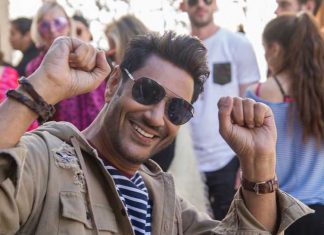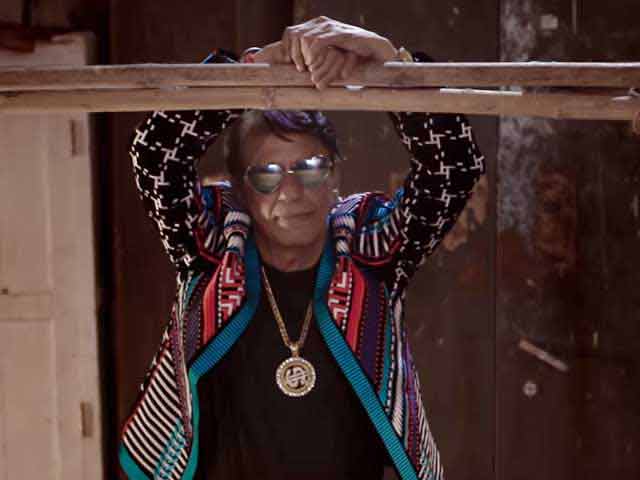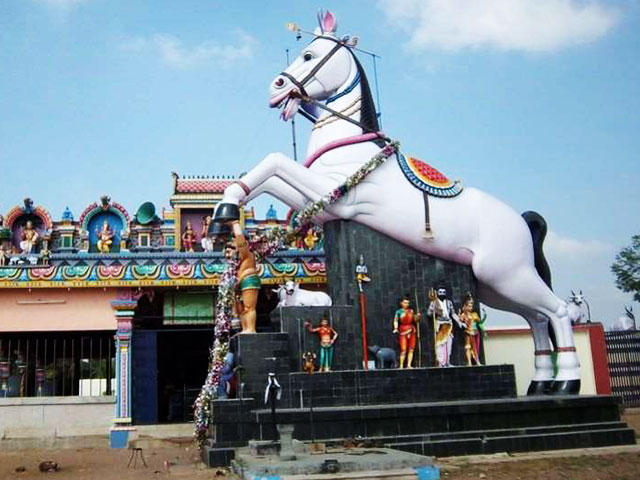Ayyanar, the guardian deity, is a common feature in the legends of almost every village in Tamil Nadu. Huge statues of the deity along with the accompanying deities would be the first thing you would see when you enter a village. Since Ayyanar is believed to be the guardian of the village, protecting the village from external threats, he is placed in the village border.
A fierce looking Ayyanar is often depicted with a long sickle in his hand. The deity’s mount -the horse- also will be there, by his side. Ayyanar worship is still prevalent in the villages as people go and pray to him to protect their home, cattle and crops. There will be a grand festival once in a year when Ayyanar is offered goats and cocks in sacrifice along with ‘pongal’. People who worship Ayyanar also revere his horse. Since there are abodes for this protector deity in every village Ayyanar temples are popular only among local people. But the Perungaraiyadi Meenda Ayyanar Temple in Kulamangalam village in Pudukkottai District is a famous temple which attracts devotees from all over the State.

Image Credit: Facebook
In the Kulamangalam Ayyanar temple it is the deity’s horse that catches one’s eyes. The majestic horse statue which stands on its hind legs is claimed to be the tallest horse statue in Asia. The 33 feet horse is worshipped during the ‘Masi-magam’ festival with people offering it colourful paper garlands. These are very huge garlands matching the height of the horse which take at least a week to make them.
People who wish to garland the horse during the two day festival have to register with the temple authorities in advance. Garlanding Ayyanar’s horse in such a way is not usual anywhere else. People bring their garlands in trucks, vans and cars. Every year hundreds of garlands are offered to the horse, which eventually make the horse invisible. People believe that this garland offering will make them successful and prosperous as their prayers will be answered.

Image Credit: flickr
Horse has been closely associated with humans for centuries having been used domestically and in warfare. Ownership of a horse was a sign of wealth and prestige, and was the mount of kings, nobles and heroes. Horses were domesticated after 1750 BC and it is believed that they played a pivotal role as a sacrificial, totemic and symbolic animal in an array of prehistoric and historic contexts. In Kulamangalam village it is a portion of horses’ historic significance being splendidly displayed with local flavours.
Read Also: Did You Know Of This Largest Shiva Statue On The Beach In Karnataka













